I need to make a model which could find probability that a registered user will buy some plan or no plan (i.e., will use just a free plan or won't do anything) and if they do, after what time. I have data with around 13 000 rows and around 12 000 of them are free users ( never paid - 0 value ) and the other 1 000 paid after some time ( from 1 to 690 days) also I have some count and categorical data - country, number of user clients, how many times he used plan, plan (premium, free, premium plus).
The mean of time after they paid or not is around 6.37 and variance is 1801.17, without zeros - 100 and 19012, which suggests to me that I should use a negative binomial model.
But I'm not sure which model fits best; I'm thinking about a zero-inflated negative binomial or hurdle model.
Here is histogram of diff.time with 0 and without 0 data :

I tried these models with the pscl package:
summary(m1 <- zeroinfl(diff.time3 ~
factor(Registration.country) + factor(Plan) + Campaigns.sent +
Number.of.subscribers |
factor(Registration.country) + factor(Plan) + Campaigns.sent +
Number.of.subscribers,
data=df , link="logit",dist= "negbin"))
or the same with hurdle()
but they gave me an error :
Error in quantile.default(x$residuals): missing values and NaN's not allowed if 'na.rm' is FALSE In addition: Warning message: glm.fit: algorithm did not converge
with hurdle():
Error in solve.default(as.matrix(fit_count$hessian)) : Lapack routine dgesv: system is exactly singular: U[3,3] = 0
I have never tried these models before so I'm not sure how to fix these errors or if I chose the right models.
Unfortunately, I have no opportunuty to share some part of my data, but I'll try to explain them:
1st column "plan" - most of the data are "free"(around 12 000), also "Earning more", "Premium" or "Premium trial", where "free" and "premium trial" are not paid. 2nd column "Plan used" - around 8 000 rows are 0, 1 000 - 1, 3 000 - from 1 to 10 and another 1 000 from 10 to 510 3th column "Clients" describes how many clients user have - around 2 000 have 0, 4 0000 - 1-10, 3 000 - 10-200, 2 000- 200-1000, 2 000 - 1000- 340 000 4th column "registration country" - 36 different countries, over half of data is united states, other have from 5 to few hundreds rows. 5th column is diff.time which should be my dependent variable, as I said before most of the data are 0 (12 000) and others variuos from 1 day to 690 days)
